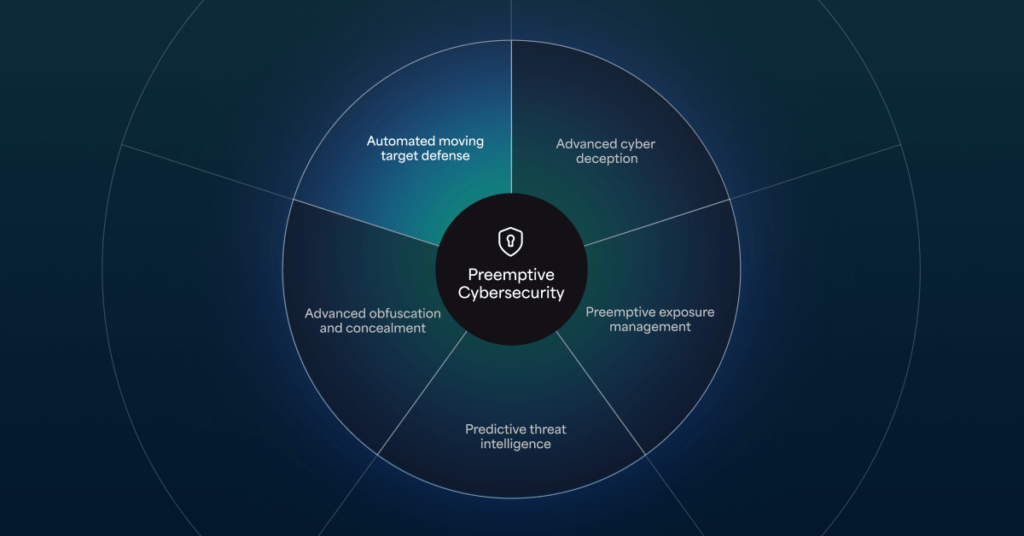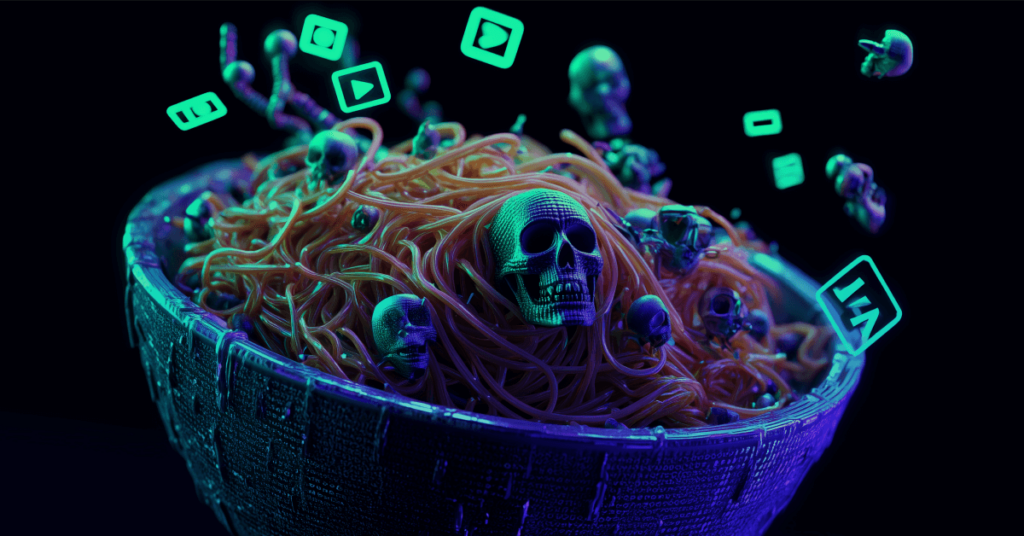- PlatformAnti-Ransomware AssuranceExplore our entire preemptive cyber defense platformAutomated Moving Target DefenseLearn more about our patented AMTD technology
- Solutions
EDR + MORPHISEC
- Customer StoriesCustomer StoriesHear our customers’ stories through case studies, reviews, and videos
- Customer Stories
- Company
- Resources
- Partners



























